Roaring Life of the 1920s 1920-1930
History
Babe Ruth
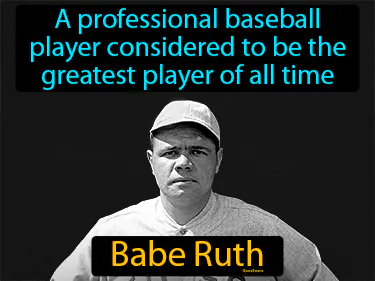
A baseball player considered to be one of the greatest of all time Babe Ruth. Babe Ruth was a legendary baseball icon known for his incredible hitting prowess in the 1920s and 1930s.
Bessie Smith
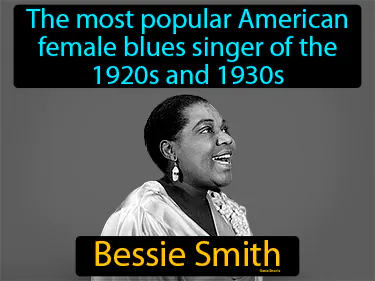
A popular American blues singer of the 1920s and 1930s. Bessie Smith. She was a pioneering figure in the blues genre and became one of the most influential vocalists of her time.
bootlegger
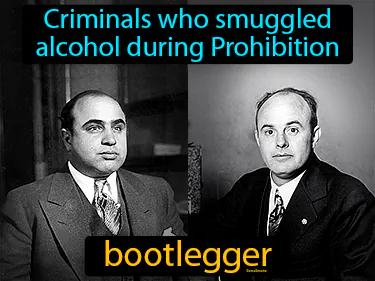
Criminals who smuggled alcohol during Prohibition. Bootlegger. A bootlegger is someone who illegally made, transported, or sold alcohol during the Prohibition era in the United States.
Charles Lindbergh
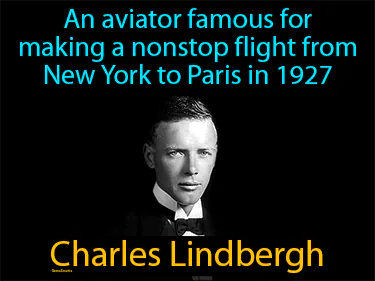
An aviator famous for making a nonstop flight from New York to Paris in 1927. Charles Lindbergh. Charles Lindbergh was a pioneering pilot who completed the first solo transatlantic flight, becoming an American hero.
Charlie Chaplin
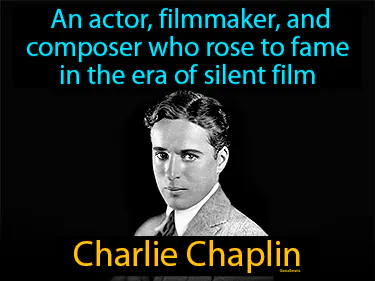
An actor, filmmaker, and composer who rose to fame in the era of silent film, Charlie Chaplin. He was a pioneering figure in the film industry, known for his iconic character "The Tramp."
Clarence Darrow
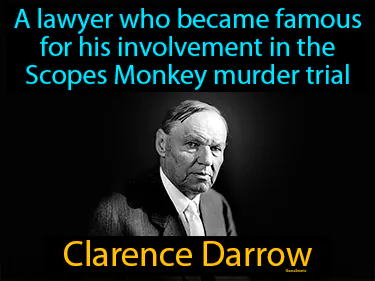
A lawyer who became famous for his involvement in the Scopes Monkey murder trial. Clarence Darrow. He was a prominent defense attorney known for his role in the Scopes "Monkey" Trial, which debated the teaching of evolution in schools.
Claude Mckay
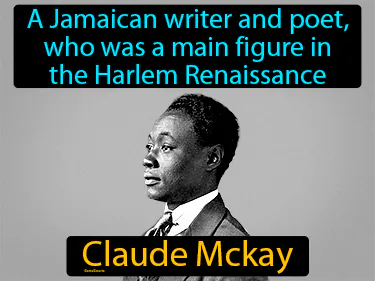
A Jamaican writer and poet, who was a main figure in the Harlem Renaissance, Claude McKay. Claude McKay was an influential voice in African American history, using his work to challenge racial injustice.
double standard
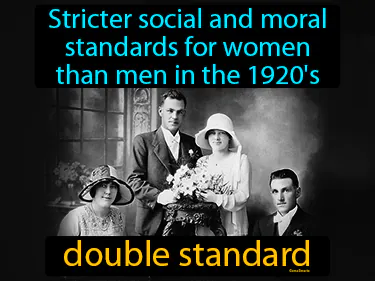
Stricter social and moral standards for women than men in the 1920s double standard. A double standard is when different groups of people are treated unfairly by holding them to different rules or expectations.
Duke Ellington
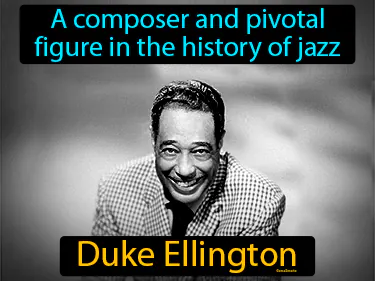
A composer and pivotal figure in the history of jazz, Duke Ellington. He was a key musician who shaped the development and popularization of jazz music.
Edna St Vincent Millay
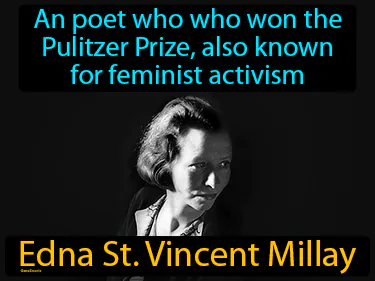
An poet who who won the Pulitzer Prize, also known for feminist activism. Edna St Vincent Millay. Edna St Vincent Millay was a famous poet and feminist from the early 20th century.
Eighteenth Amendment
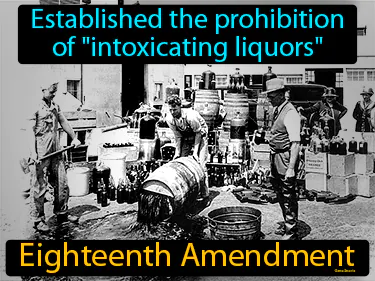
Declared the production, transport, and sale of intoxicating liquors illegal. Eighteenth Amendment. The Eighteenth Amendment, enacted in 1920, started Prohibition in the United States, banning alcohol nationwide.
Ernest Hemingway
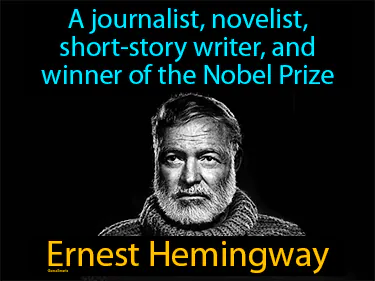
A journalist, novelist, short-story writer, and winner of the Nobel Prize. Ernest Hemingway. He was a key figure in 20th-century literature known for his impactful writing style and contributions to historical narratives.
F Scott Fitzgerald
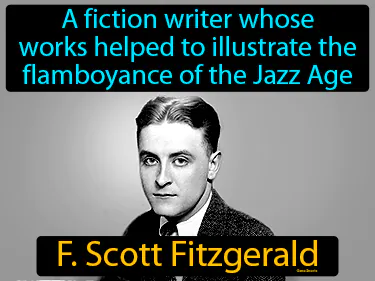
A fiction writer whose works helped to illustrate the flamboyance of the Jazz Age. F Scott Fitzgerald. He was an American author known for depicting the extravagance and excess of the 1920s.
flapper
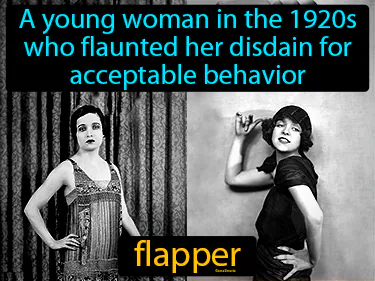
A young woman in the 1920s who flaunted her disdain for acceptable behavior. Flapper. A flapper was a young woman in the 1920s known for her bold fashion, independence, and challenging of traditional norms.
fundamentalism
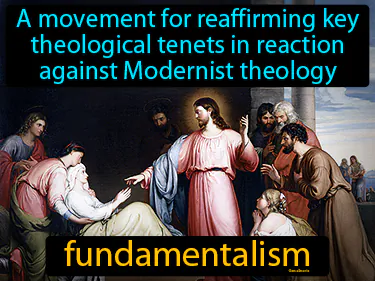
A movement for reaffirming key theological tenets in reaction against Modernist theology. Fundamentalism is a strict adherence to basic religious principles, emerging as a reaction against modern ideas.
George Gershwin
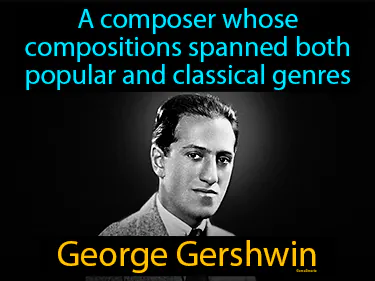
A composer whose compositions spanned both popular and classical genres, George Gershwin. George Gershwin was an influential American composer known for blending jazz with classical music.
Georgia OKeeffe
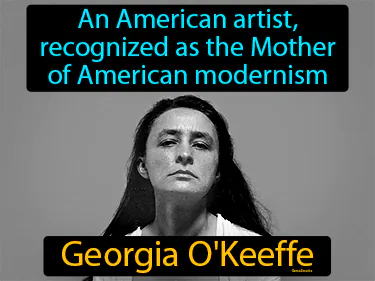
An American artist, recognized as the Mother of American modernism, Georgia O'Keeffe. She was a pioneering painter known for her large-scale floral paintings and landscapes, which helped shape modern art in the United States.
Harlem Renaissance
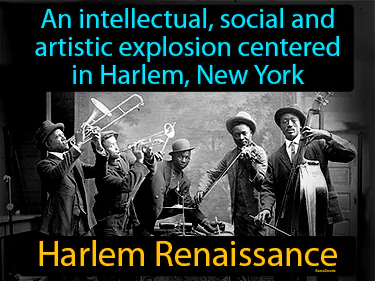
An intellectual, social and artistic explosion centered in Harlem, New York. Harlem Renaissance. It was a cultural movement during the 1920s and 1930s where African American creativity in art, literature, and music flourished.
James Weldon Johnson
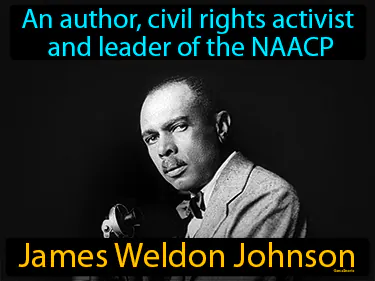
An author, civil rights activist and leader of the NAACP, James Weldon Johnson. He was an influential figure in the fight for African American rights in the early 20th century.
Langston Hughes
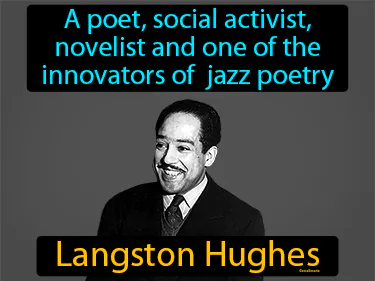
A poet, social activist, novelist, and one of the innovators of jazz poetry. Langston Hughes was a key figure in the Harlem Renaissance, a cultural movement celebrating African American art and literature in the early 20th century.
Lost Generation
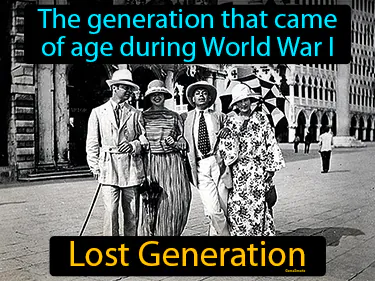
The generation that came of age during World War I. Lost Generation. The Lost Generation refers to young adults during and after WWI who felt disillusioned by the war's destruction and societal changes.
Louis Armstrong
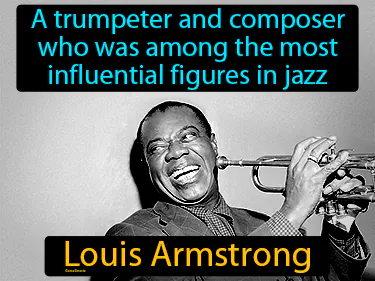
A trumpeter and composer who was among the most influential figures in jazz. Louis Armstrong was a pivotal figure in the development and popularization of jazz music in the 20th century.
Marcus Garvey
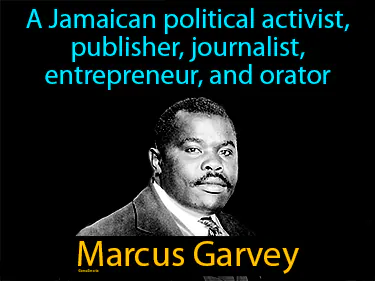
A Jamaican political activist, publisher, journalist, entrepreneur, and orator, Marcus Garvey. Marcus Garvey was a prominent leader in the early 20th century who advocated for the economic and political empowerment of African descendants worldwide through his Back-to-Africa movement.
modernism
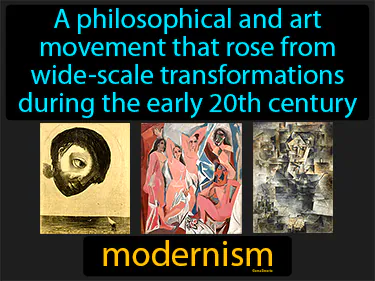
A philosophical and art movement that rose from wide-scale transformations during the early 20th century. Modernism. It is a movement that sought to break away from traditional styles to embrace new ideas and innovations in art, literature, and culture.
Paul Robeson
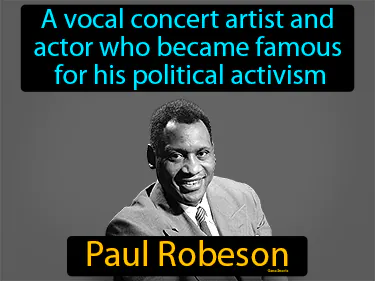
A vocal concert artist and actor who became famous for his political activism. Paul Robeson was a prominent African American figure who used his talents to advocate for civil rights and social justice.
Scopes trial
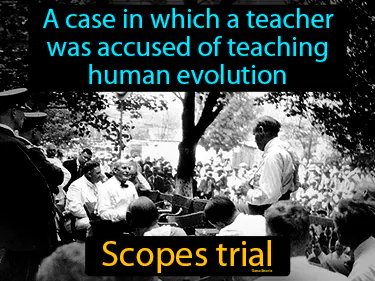
A case in which a teacher was accused of teaching human evolution. Scopes trial. The Scopes trial was a 1925 legal case that debated whether evolution could be taught in American schools.
Sigmund Freud
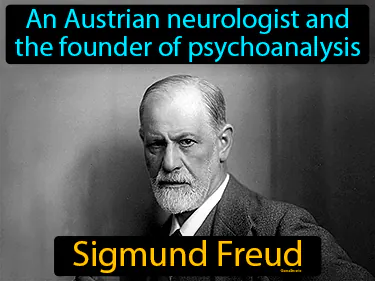
An Austrian neurologist and the founder of psychoanalysis, Sigmund Freud. He developed theories on the unconscious mind and the role of inner conflicts in shaping human behavior.
Sinclair Lewis
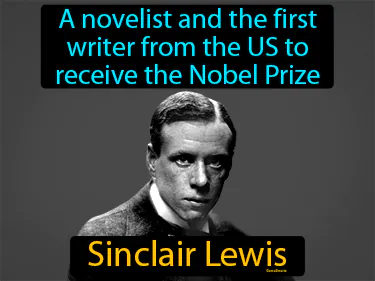
A novelist and the first writer from the US to receive the Nobel Prize, Sinclair Lewis. He was an influential author known for his critical views on American society.
speakeasy
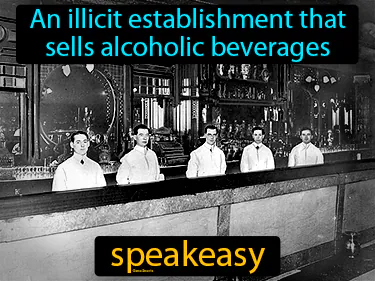
An illicit establishment that sells alcoholic beverages. Speakeasy. During Prohibition in the 1920s, speakeasies were secret bars where people illegally drank alcohol.
The Jazz Singer
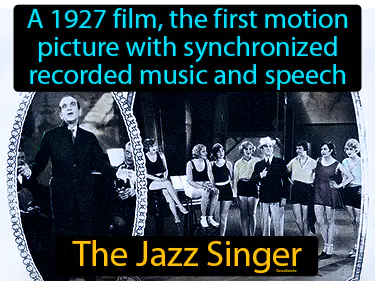
A 1927 film, the first motion picture with synchronized music and speech. The Jazz Singer. It is considered the first talkie, marking the transition from silent films to sound movies in cinema history.
Volstead Act

The rules for enforcing the federal ban of alcohol. Volstead Act. The Volstead Act was a law enacted to enforce Prohibition in the U.S. during the 1920s, banning the sale, production, and transport of alcohol.
Zora Neale Hurston
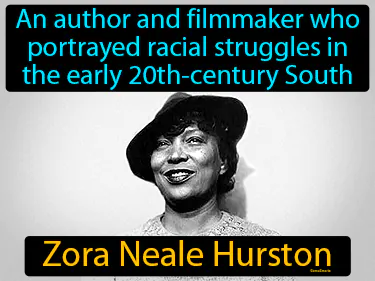
An author and filmmaker who portrayed racial struggles in the early 20th-century South, Zora Neale Hurston. She was a key figure of the Harlem Renaissance, capturing African American culture and folklore.